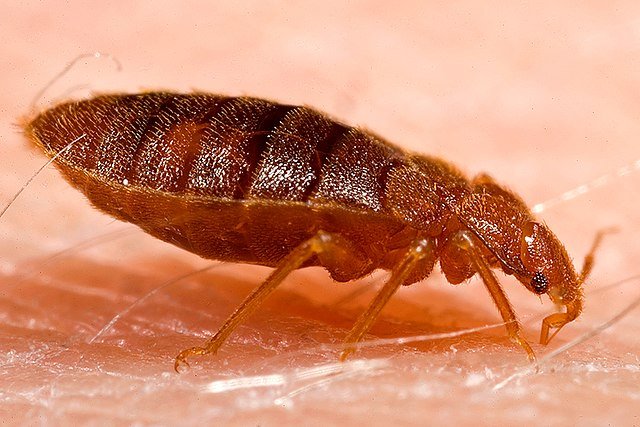Flea Pest Control: Easy Home and Pet Guide
Flea pest control is important if you have pets or bites at home. Fleas are small insects that drink blood from animals, birds, and even humans. They jump very far and hide well. This guide will help you remove fleas from pets, carpets, and your whole home.
What Are Fleas?
Fleas are small, brown or reddish insects. They have no wings, but strong legs for jumping. They live on animals like cats and dogs and feed on blood. If there are no pets, fleas may bite humans too.
The most common flea is the cat flea (Ctenocephalides felis). It is found on both cats and dogs and often lives in houses.
Flea Life Cycle
Fleas go through four stages:
1. Eggs
Laid on animals, but fall off into carpets, beds, or pet areas.
Hatch in about 10–15 days, depending on temperature and humidity.
2. Larvae
Look like tiny white worms.
Hide in carpets, cracks, under furniture.
Feed on dirt and organic matter.
3. Pupae
Build cocoons.
Stay hidden and protected.
Can survive insecticides.
Adult flea comes out when it feels vibration (like from walking or pets).
4. Adults
Jump on pets or humans to drink blood.
Lay eggs on the host again.
Without a host, adult fleas live only 1–2 weeks. But in cocoons, they can wait up to a year for a host to return.
Why Fleas Are a Problem
Flea bites can cause:
Itchy red spots on the skin
Pain or allergic reaction in sensitive people
Skin problems in pets
In rare cases, fleas can spread diseases:
Murine typhus (reported in some places in Europe)
Plague (extremely rare, not present in Europe now)
Intestinal parasites in cats and dogs (when pets eat fleas during grooming)
Where to Look for Fleas
On your pets (behind ears, tail base, belly)
Pet bedding and blankets
Carpets and rugs
Sofas and chairs
Cracks in floors and wall edges
Under furniture
Flea Pest Control for Pets
Treating pets is step one. You can use:
Spot-on ampoules (from vet)
Oral pills (ask your vet)
Flea combs
Special pet shampoos
Regular brushing and washing
Flea Pest Control in Your Home
1. Vacuum Cleaning
Vacuum carpets, floors, sofas, beds every day for 1 week
Pay extra attention to pet resting spots
Vacuum under furniture and in corners
After each use, seal and throw away the vacuum bag in an outdoor bin
2. Wash Bedding
Wash pet bedding in hot water
Use pet-safe detergent or flea-killing shampoo
You can also iron or replace covers
3. Use Insecticides
Spray flea insecticides on carpets, floor edges, under furniture
Use only safe products
Best results with cleaning before spraying
Keep vacuuming daily after treatment
4. Repeat Treatment
Pupae are protected inside cocoons
Adults may appear 2–3 weeks after spraying
You may need to spray 2–3 times, depending on flea return
Flea Control in Outdoor Areas
Flea sprays are usually not needed outdoors, unless there is a big infestation.
You can:
Cut tall grass
Clean up leaves, trash, and organic waste
Focus on pet sleeping areas in the yard
Keep the garden tidy
Do Flea Traps Work?
Some flea traps are available in stores. They use light and sticky pads to catch fleas. They are not a full solution but can help monitor if you still have fleas.
Important Notes on Flea Control
Always treat both pets and environment
Insecticides don’t kill flea pupae inside cocoons
Fleas can come back after 2–3 weeks
Keep vacuuming after treatment
Flea control takes time and patience
Conclusion
Flea pest control is not just about killing fleas today. You must clean, treat pets, and repeat as needed. If you stay consistent, your home can be flea-free in a few weeks.
Affiliate tip: You can use flea traps, sprays, or flea shampoos.
Disclaimer
This article is for informational purposes only. Pest control laws and approved chemicals vary by country. For best results and legal safety, we strongly recommend contacting a licensed pest control professional in your local area. Always make sure that the pest control technician is properly certified or licensed, depending on your country’s regulations. It’s important to confirm that they only use approved products and apply them exactly as instructed on the product label. In most places in Europe, UK, or USA, following label directions is not just best practice—it’s the law.

